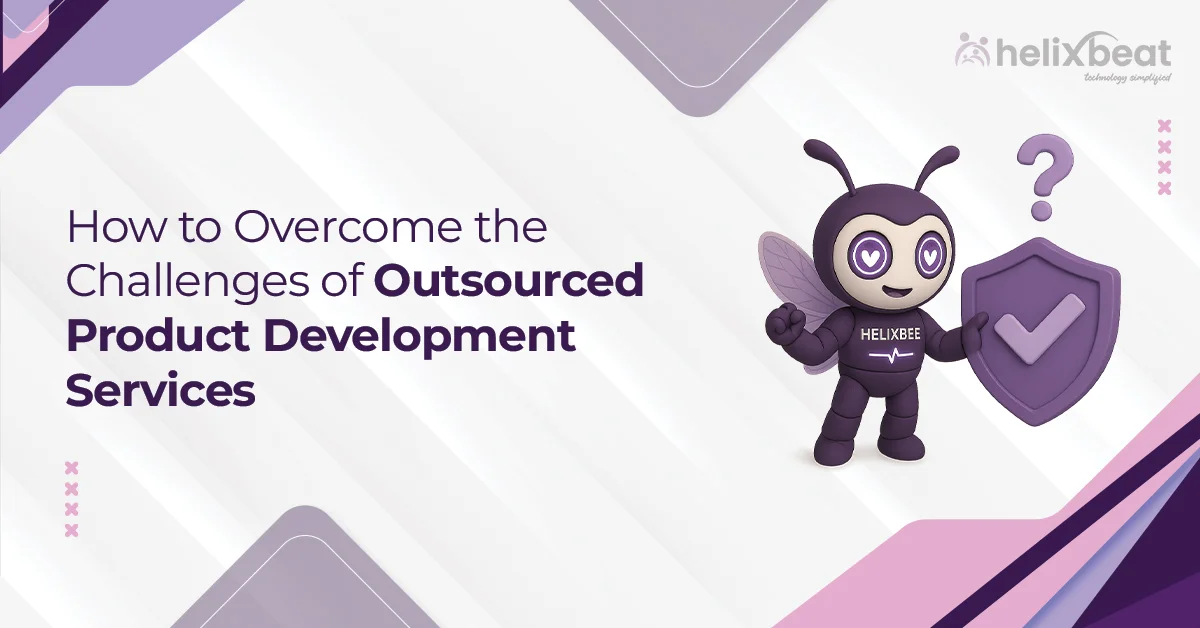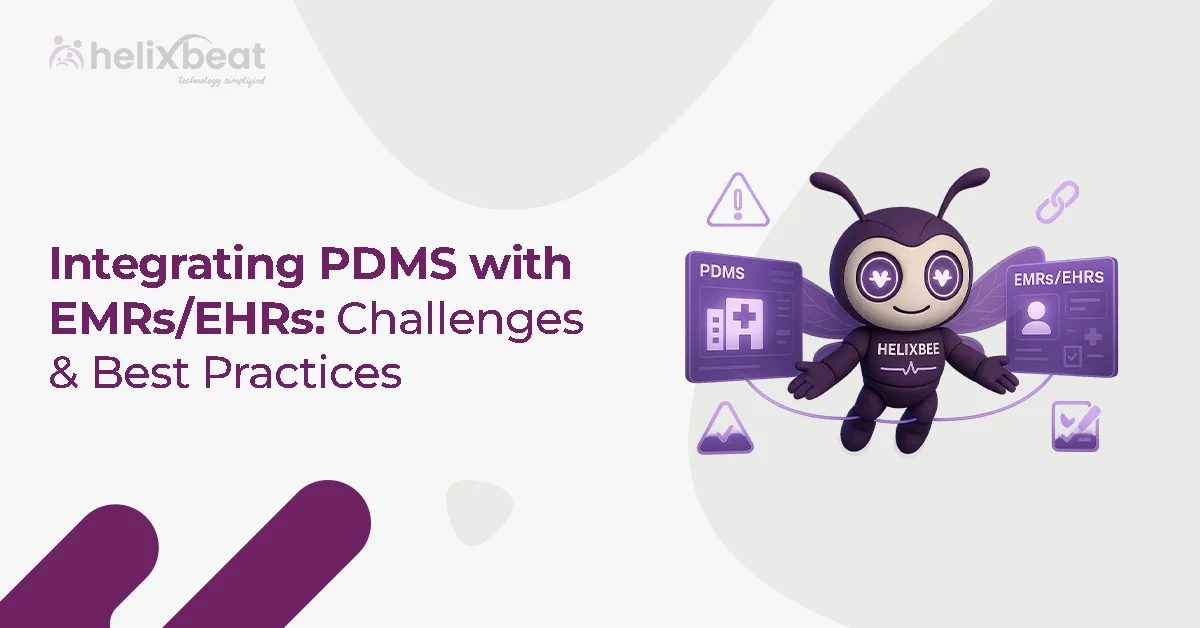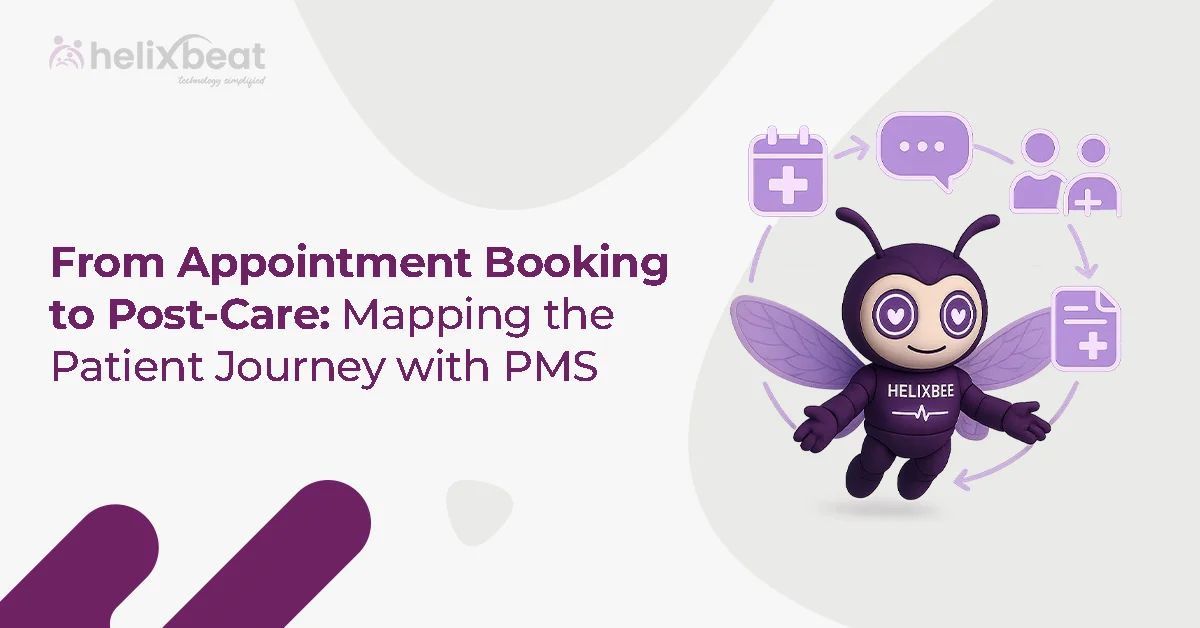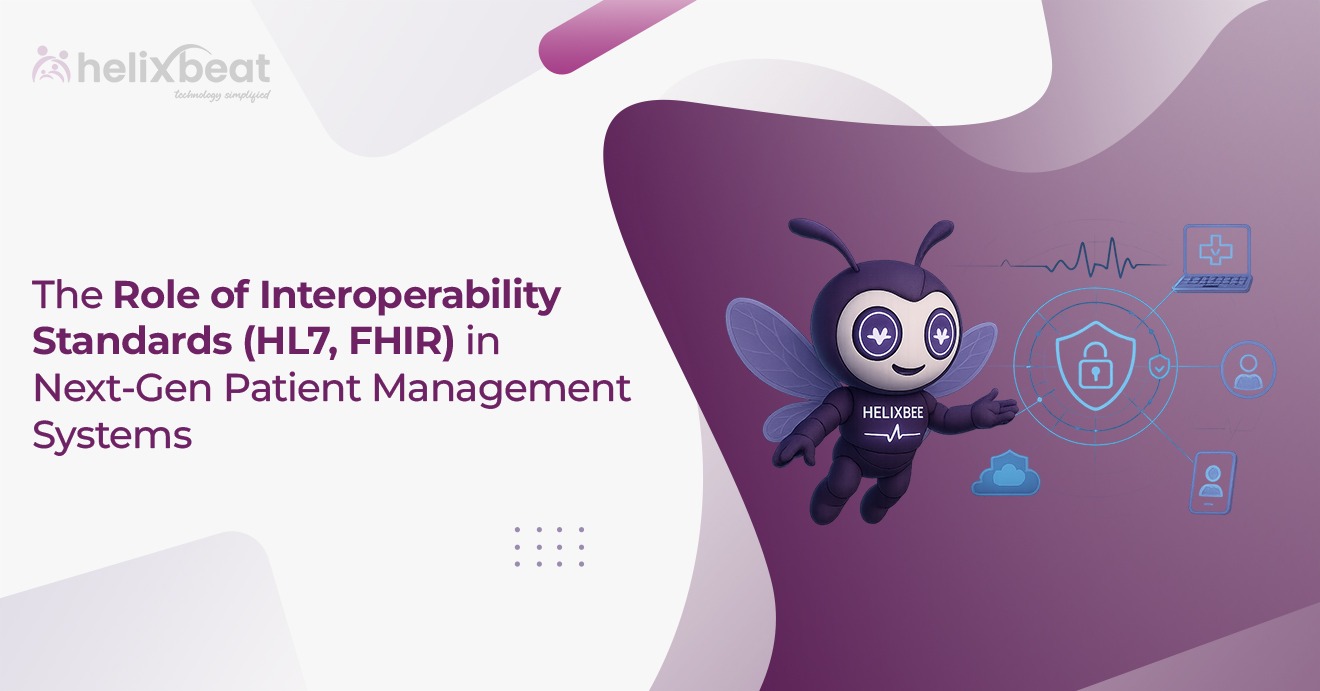Imagine a doctor flipping through a thick stack of patient files, searching for a single test result or a nurse rushing to decipher a faded handwritten note before administering medication. For decades, this was the reality of healthcare—paper charts piled high, records misplaced, and critical information buried in file cabinets.
Now, picture a world where a doctor can pull up a patient’s entire medical history with a few clicks, where nurses can update treatment plans in real-time, and where hospitals never lose vital information again. That’s the power of PULSE. More than just a digital upgrade, PULSE is a lifeline for healthcare professionals, streamlining patient data management so they can focus on what truly matters—caring for people.
Table of Contents
The Hidden Struggles of Traditional Paper-Based Records
Before digital systems revolutionized patient data management, hospitals and clinics relied on stacks of paper files—an approach that was time-consuming and riddled with inefficiencies. As a result, healthcare providers faced some of the biggest challenges, including:
1. The Storage Nightmare
Paper records demand physical space, often turning medical offices into cluttered archives. A single misplaced file could mean hours of searching, delaying critical care and adding to the administrative workload. As patient numbers grew, so did the need for more filing cabinets, storage rooms, and meticulous organization—creating a never-ending cycle of inefficiency.
2. Slow and Inconvenient Access
Locating a patient’s history in a paper-based system meant manually flipping through files, a process that was anything but quick. In emergencies, where seconds matter, the lack of instant access led to critical delays in diagnosis and treatment.
3. A Constant Risk of Data Loss
Paper records are fragile. A spilled coffee, an unexpected fire, or simple wear and tear can instantly wipe out years of patient history. Even under the best conditions, paper deteriorates over time, leading to missing or unreadable information.
4. Human Errors That Could Impact Patient Care
Handwritten notes often tell two different stories—one for the doctor who wrote them and another (often illegible) version for everyone else. Misreading prescriptions, lab results, or treatment plans can lead to serious consequences, making accuracy a major concern.
5. Scalability Struggles
As patient volumes grew, so did the stacks of paper. Expanding storage space, maintaining retrieval efficiency, and hiring more administrative staff to manage the ever-increasing records came with rising costs and logistical headaches. The more data needed to be stored, the harder it became to keep everything organized and accessible.
Therefore, transitioning away from paper-based systems was not just about convenience—it became necessary for better patient data management, streamlined workflows, and improved healthcare outcomes.
How PULSE is Revolutionizing Patient Data Management
PULSE, a patient-provider unified ledger, brings automation, security, and real-time access to healthcare data, empowering clinics and hospitals to work more efficiently.
1. Decentralized and Secure Data Storage
PULSE consolidates all patient records into a secure cloud-based system. The software leverages DLT (Distributed Ledger Technology) to distribute data securely across a network. Also, with advanced encryption and multi-layered security, sensitive medical data stays protected from unauthorized access while remaining easily retrievable when needed.
2. Instant Access to Records Anytime, Anywhere
PULSE allows healthcare professionals to access up-to-date patient information in seconds, whether they’re in a hospital, clinic, or working remotely. With real-time data retrieval via any internet-connected device, decisions can be made faster, which leads to better patient outcomes.
3. Automated Updates for a Smarter Workflow
Manual record-keeping is not only time-consuming but also prone to errors. However, PULSE helps providers automate updating patient records after each consultation. Therefore, healthcare providers always have the latest information, from tracking medical history to prescriptions and diagnostic reports.
4. Seamless Integration with Other Healthcare Systems
PULSE connects effortlessly with Electronic Health Records (EHRs), laboratory databases, and billing systems, allowing data to flow seamlessly across platforms without duplication or inconsistencies. This integration enhances collaboration between departments, reducing administrative bottlenecks.
5. Reliable Data Backup and Disaster Protection
Unlike paper records that can be lost to fires, floods, or misplacement, PULSE keeps patient data safe with automated backups and a robust disaster recovery framework. Even during a system outage or natural disaster, healthcare providers can quickly retrieve vital records without disruption.
With PULSE, patient data management becomes more than just record-keeping—it becomes a powerful tool for efficiency, security, and better patient care.
Addressing Common Concerns About Cloud-Based Patient Data Management
Despite its advantages, some healthcare providers have concerns about migrating from paper-based systems to cloud technology. Here’s how PULSE addresses these concerns:
1. Is Cloud Storage Secure Enough for Patient Data?
Yes! PULSE employs advanced encryption, RBAC, and audit trails to protect sensitive information. Also, regular security updates and compliance with healthcare regulations further enhance data security.
2. What if There’s an Internet Outage?
PULSE includes offline functionalities that allow healthcare professionals to access essential records even without an internet connection. Once connectivity is restored, updates sync automatically.
3. Will the Transition from Paper to Digital Be Difficult?
PULSE is designed for ease of use. The platform includes intuitive navigation, training modules, and dedicated customer support to help healthcare facilities transition smoothly.
4. Can PULSE Be Customized for Specific Needs?
Absolutely. PULSE offers customizable features to fit the unique needs of different healthcare providers, whether a small clinic or a multi-specialty hospital.
The Future of Patient Data Management
As the healthcare industry advances, digital solutions like PULSE are leading the way in optimizing efficiency, accuracy, and accessibility.
By adopting PULSE, clinics and hospitals can move beyond outdated record-keeping methods, reduce administrative burdens, and ultimately improve patient outcomes. Want to experience a smarter way to manage patient records? Discover how PULSE can transform your healthcare facility’s data management. Contact us today for a demo!















